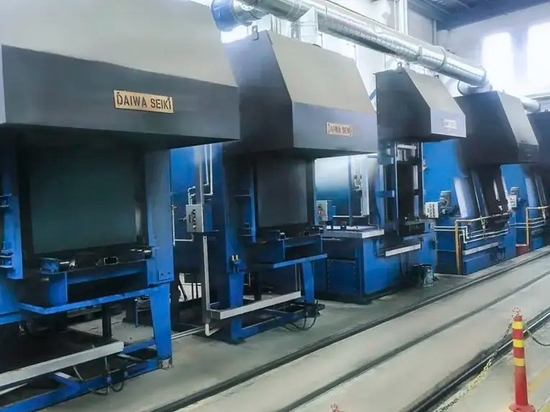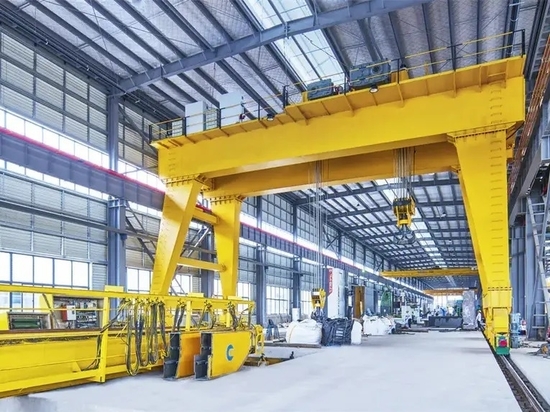
#Industry News
The Design Of The Rear Warehouse In A New Energy Vehicle Is A Critical Aspect Of The Overall Vehicle Design
The Design Of The Rear Warehouse In A New Energy Vehicle Is A Critical Aspect Of The Overall Vehicle Design
The rear warehouse, often referred to as the rear cargo area or trunk, of a new energy vehicle (NEV) has specific characteristics and considerations that distinguish it from traditional internal combustion engine vehicles. NEVs, which include electric cars and hybrid vehicles, often have unique features in their rear warehouses due to the differences in powertrain and energy storage systems. Here are some key characteristics of the rear warehouse of a new energy vehicle:
Battery Placement:
One of the most distinctive characteristics is the presence of a large battery pack in the rear warehouse of many NEVs. These high-capacity lithium-ion batteries store the electrical energy needed to power the vehicle. The battery pack is typically positioned to optimize weight distribution and vehicle balance.
Cargo Space vs. Battery Space:
The rear warehouse in NEVs often needs to strike a balance between providing ample cargo space for everyday use and accommodating the battery pack. Some NEVs have innovative designs that allow for storage compartments under or around the battery, maximizing cargo capacity.
Modularity and Flexibility:
Manufacturers often design the rear warehouse area to be modular and adaptable. This enables owners to configure the space for different purposes, such as carrying cargo or accommodating rear passengers.
Cargo Management Features:
Rear warehouses in NEVs may come equipped with cargo management features like adjustable dividers, hooks, and storage compartments to help organize and secure items during transit.
Accessibility:
Many NEVs have features like power liftgates or hands-free trunk access to make it easier for users to load and unload cargo.
Heat Management:
Due to the presence of a high-capacity battery pack, rear warehouses in NEVs often have advanced thermal management systems to regulate the temperature of the battery cells. This ensures optimal battery performance and longevity.
Safety Features:
The rear warehouse may include safety features such as cargo nets, tie-downs, and securing points to prevent cargo from shifting during sudden stops or collisions.
Integration with Charging Equipment:
Some NEVs may have charging equipment or cables stored in the rear warehouse, ensuring that owners can easily access and use them when needed.
Weight Distribution:
Engineers pay careful attention to weight distribution in NEVs, ensuring that the addition of the battery pack in the rear warehouse does not adversely affect the vehicle's handling and stability.
Noise and Vibration Isolation:
NEVs often incorporate sound insulation and vibration damping materials in the rear warehouse area to minimize noise and vibrations associated with the electric powertrain.
Spare Tire and Tools:
Unlike traditional vehicles, which may have a spare tire and jack in the rear warehouse, some NEVs do not include these components due to space constraints and the focus on reducing weight for improved efficiency.
Emergency Shut-Offs:
In the event of a collision or other emergency, NEVs often have safety systems that can disconnect the high-voltage electrical system in the rear warehouse to mitigate potential hazards.
The design of the rear warehouse in a new energy vehicle is a critical aspect of the overall vehicle design, impacting functionality, safety, and performance. Manufacturers strive to optimize this space to provide a balance between practicality and accommodating the unique components of electric and hybrid powertrains.





